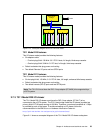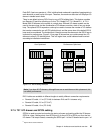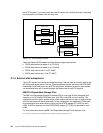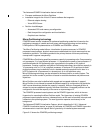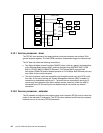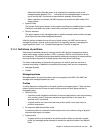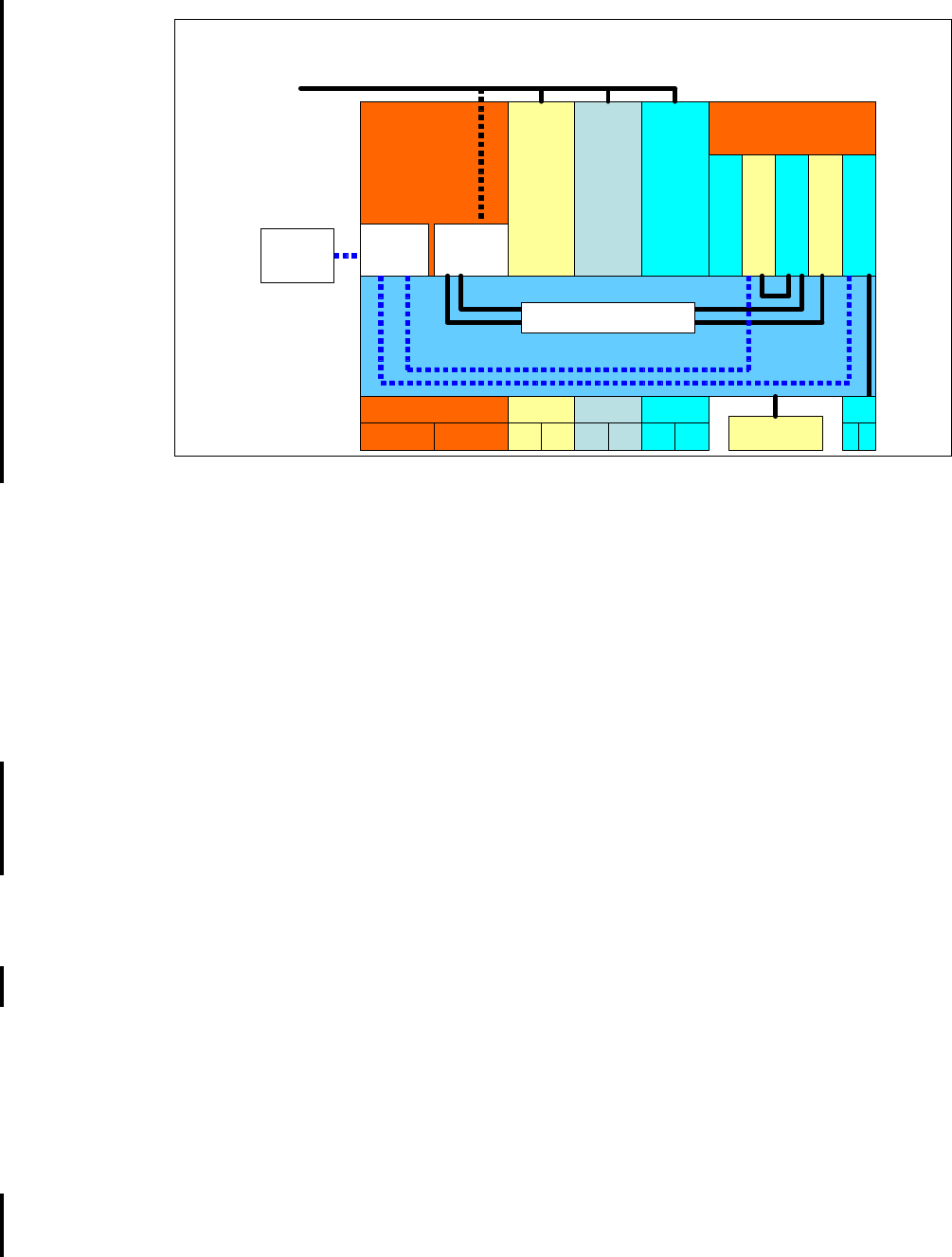
40 p5-570 Technical Overview and Introduction
Figure 2-15 Micro-Partitioning and LPAR
Virtual I/O Server
The Virtual I/O Server is a special-purpose partition that provides virtual I/O resources to
client partitions. The Virtual I/O Server owns the real resources that are shared with the other
clients. With Virtual I/O technology, a physical adapter can be assigned to a partition to be
shared by one or more partitions, enabling clients to minimize their number of physical
adapters. The Virtual I/O Server can be used to reduce costs by eliminating the requirement
that each partition has a dedicated network adapter, disk adapter, and disk drive.
It is preferable to use the Virtual I/O server in a partition with dedicated resources to help
ensure stable performance.
The following sections discuss the two major functions that are provided from the Virtual I/O
Server.
Shared Ethernet adapter
A Shared Ethernet Adapter is a new service that acts as a Layer 2 network switch to route
network traffic from a Virtual Ethernet to a real network adapter. The Shared Ethernet Adapter
must run in a Virtual I/O Server partition.
The advantage of the Virtual Ethernet Services is that partitions to communicate outside the
system without having a physical network adapter attached to the partition. Up to 18 VLANs
can be shared on a single network interface. The amount of network traffic will limit the
number of client partitions that are served through a single network interface.
Virtual SCSI
Access to real storage devices is implemented through the Virtual SCSI services, a part of the
Virtual I/O Server partition. Logical volumes that are created and exported on the Virtual I/O
Server partition will be shown at the virtual storage client partition as a SCSI disk. All current
storage device types such as SAN, SCSI, and RAID are supported.
The Virtual I/O server supports logical mirroring, and RAID configurations. Logical volumes
created on RAID or JBOD configurations are bootable, and the number of logical volumes is
limited to the amount of storage available and architectural limits of the LVM.
Virtual I/O
Server
Virtual
adapter
Virtual
SCSI
Linux AIX
v5.2
AIX
v5.3
AIX v5.3AIX v5.3
LinuxLinux
AIX v5.3AIX v5.3
LinuxLinux
AIX v5.3AIX v5.3
POWER Hypervisor
Virtual Ethernet
I/O
Storage Network
I/O
Sto Net
I/O
Sto Net
I/O
Sto Net
HMC
2 CPUs 2 CPUs 3 CPUs 3 CPUs 6 CPUs
I/O
S N
Network
External
storage
Micro-Partitioning
POWER5 Partitioning




